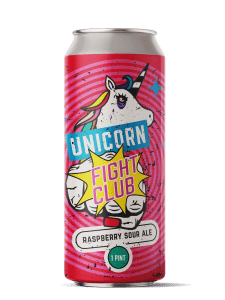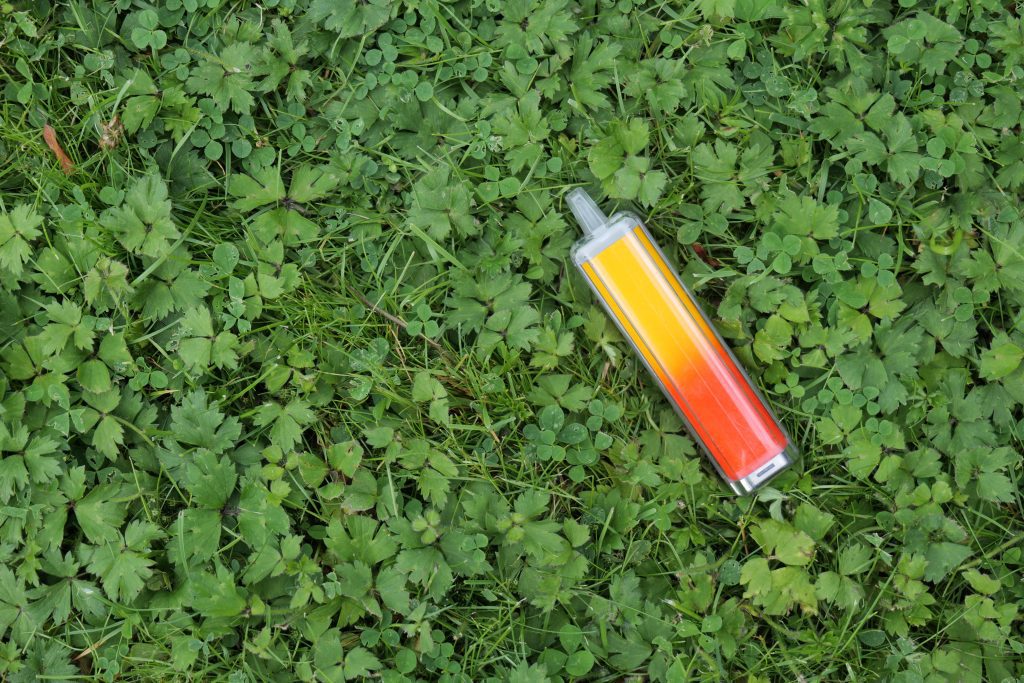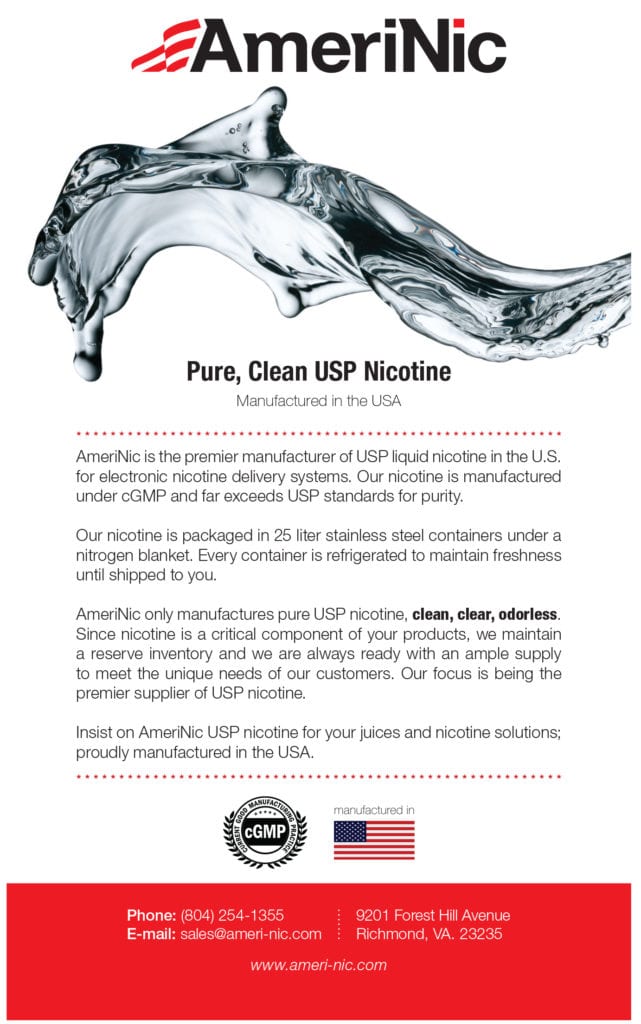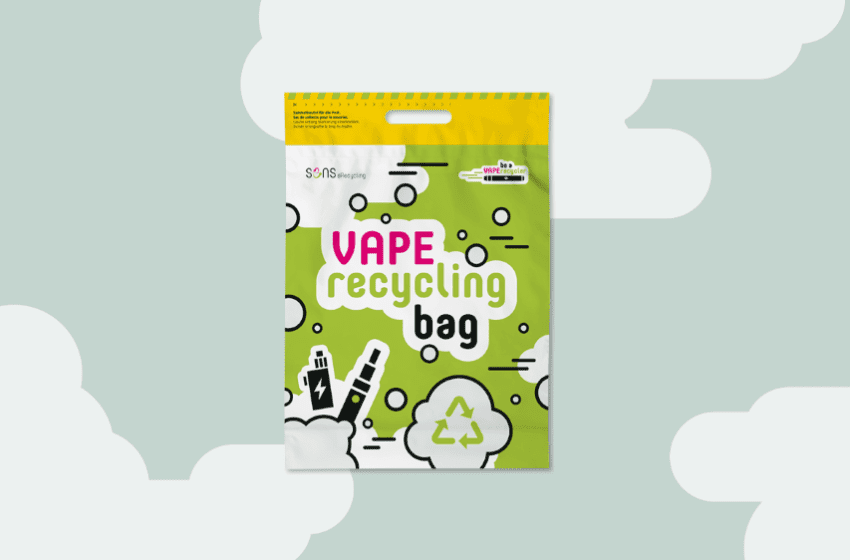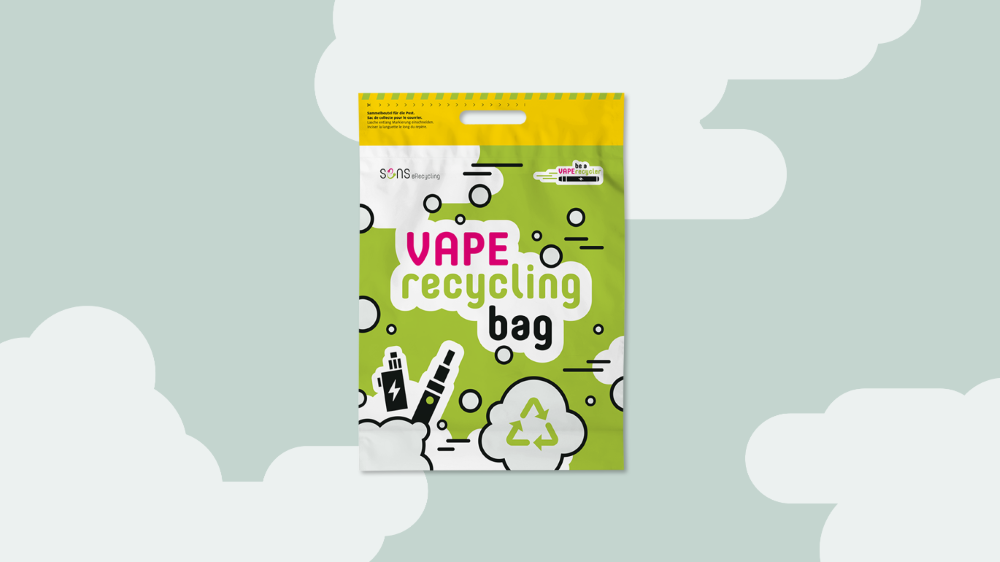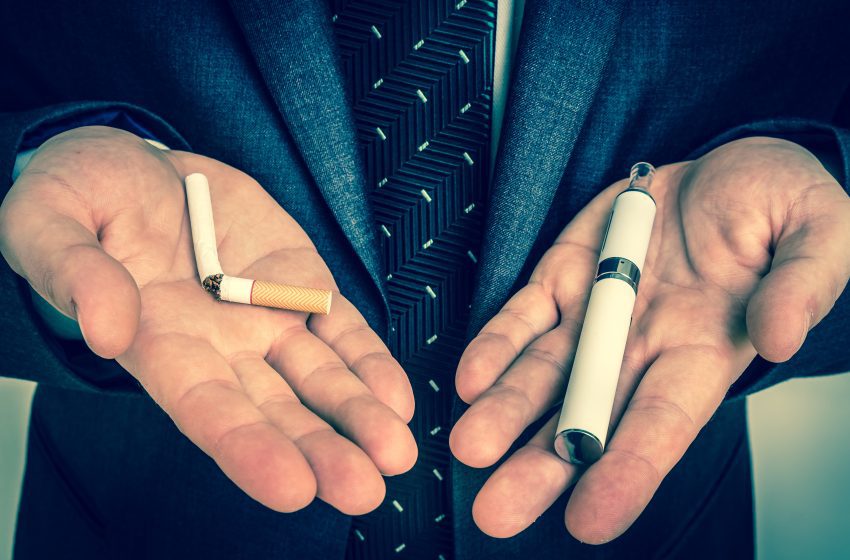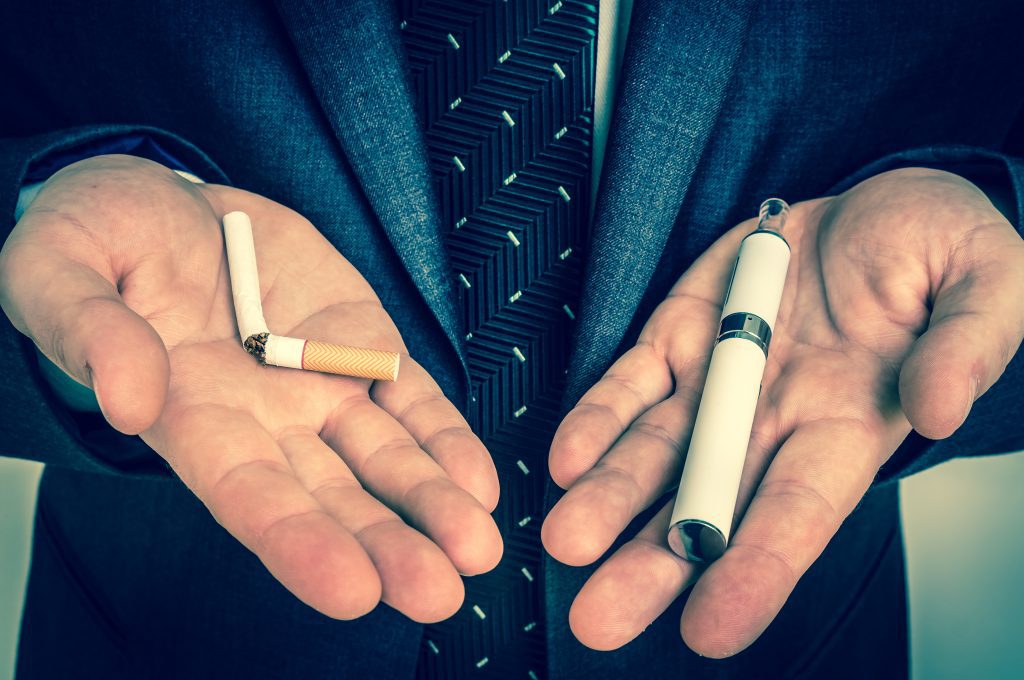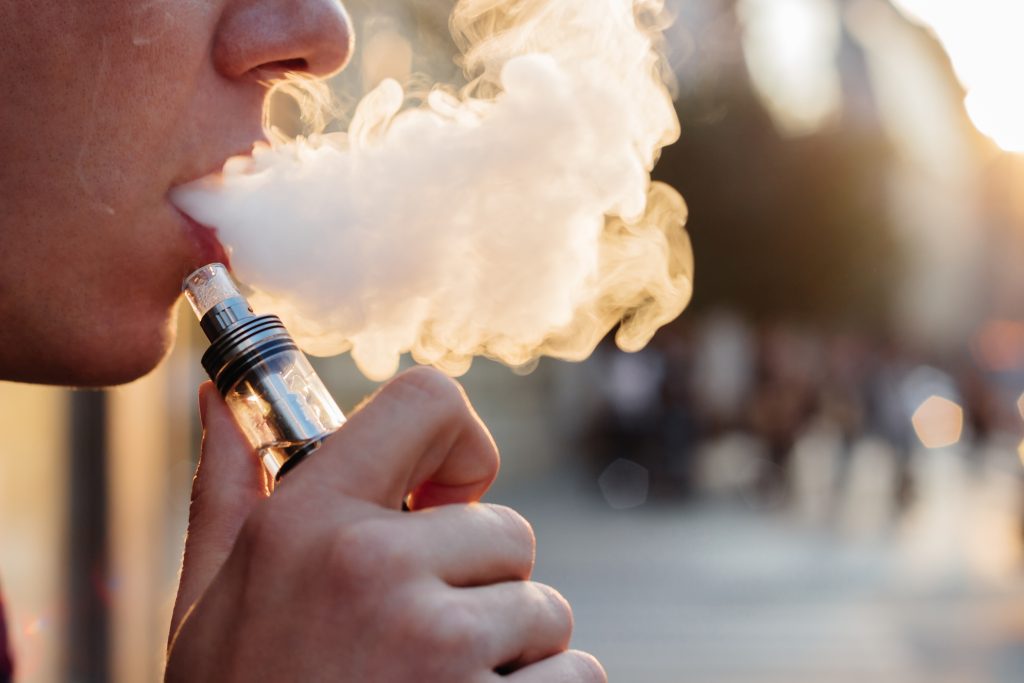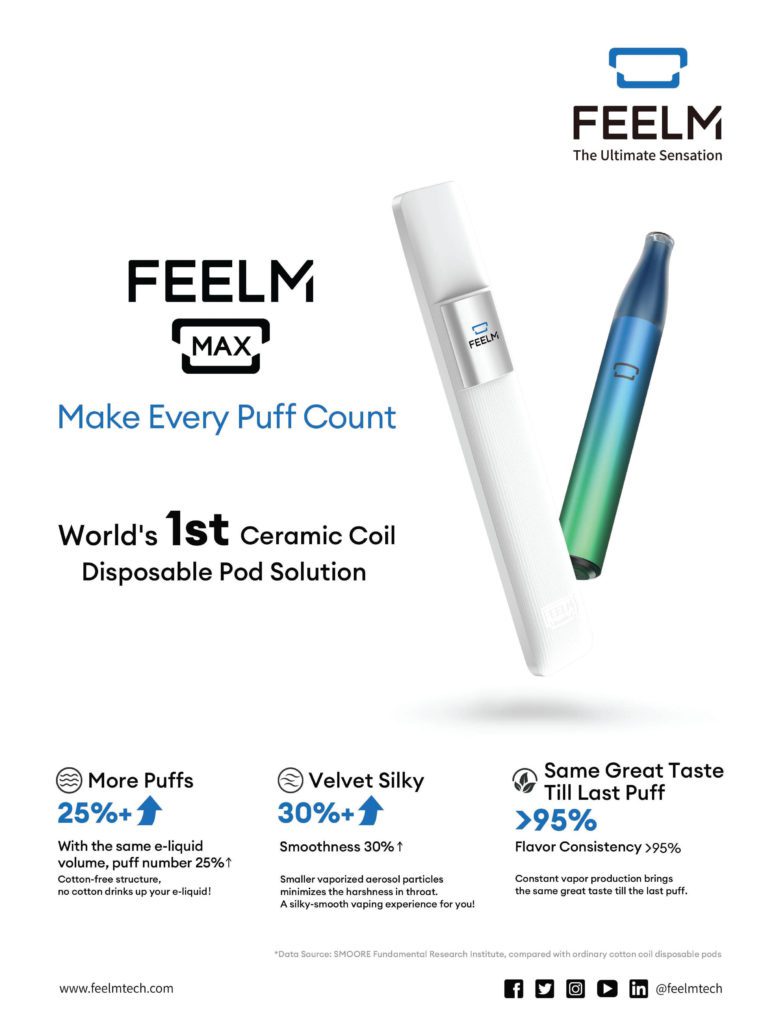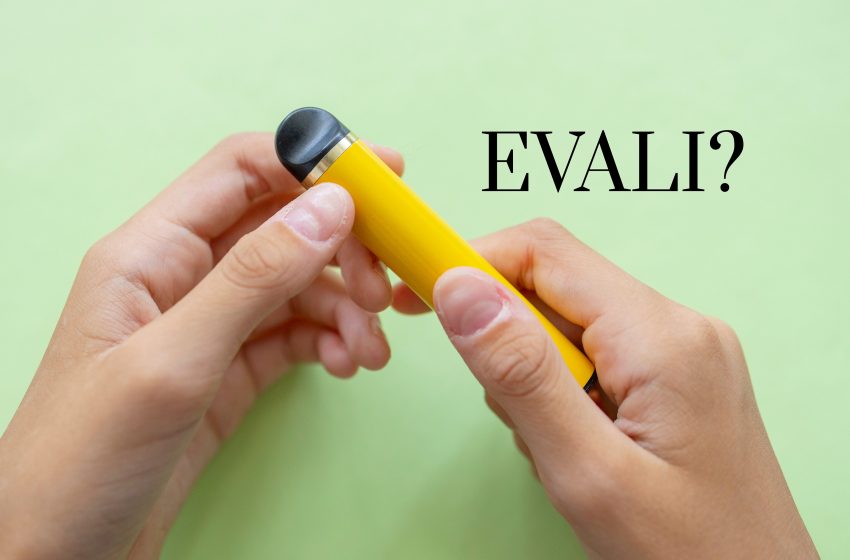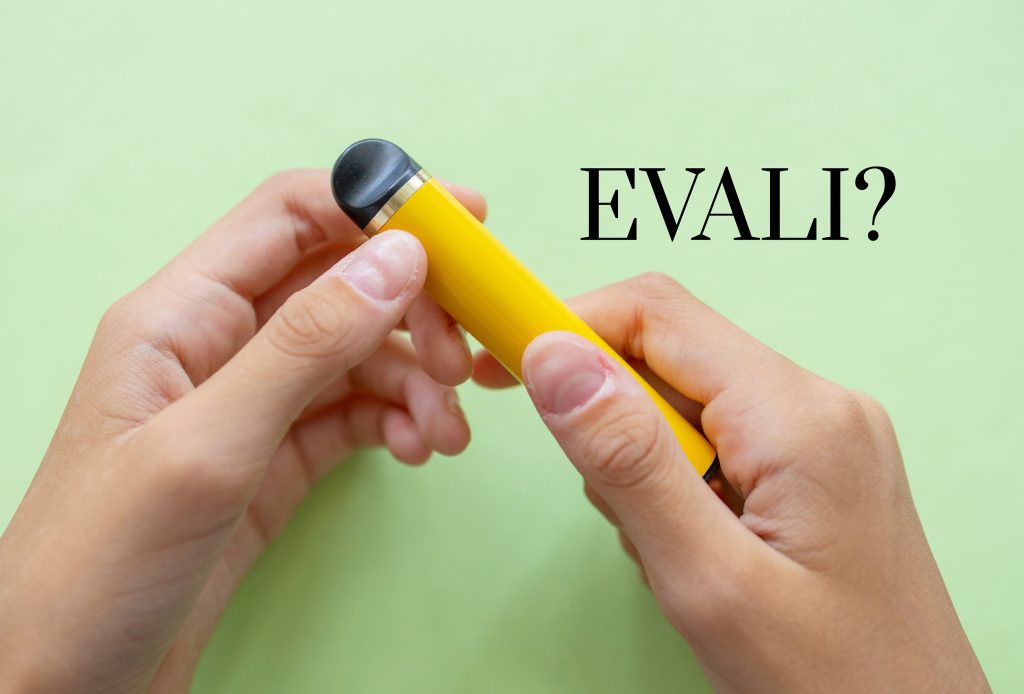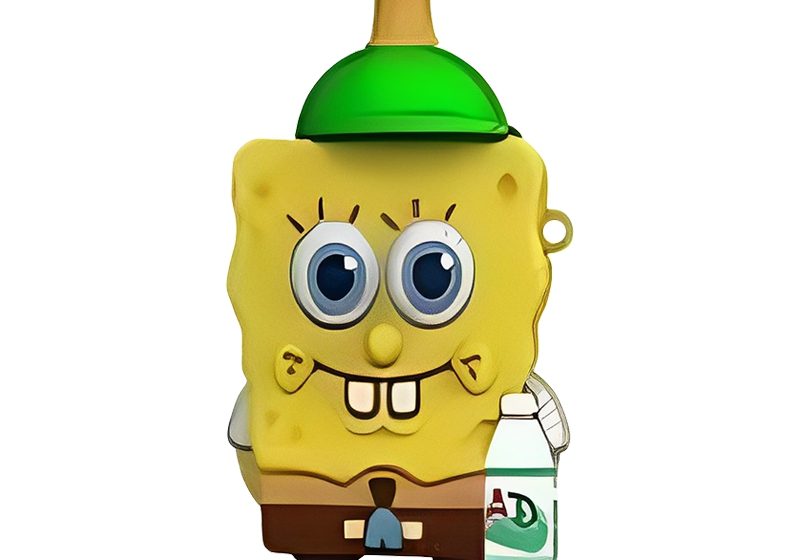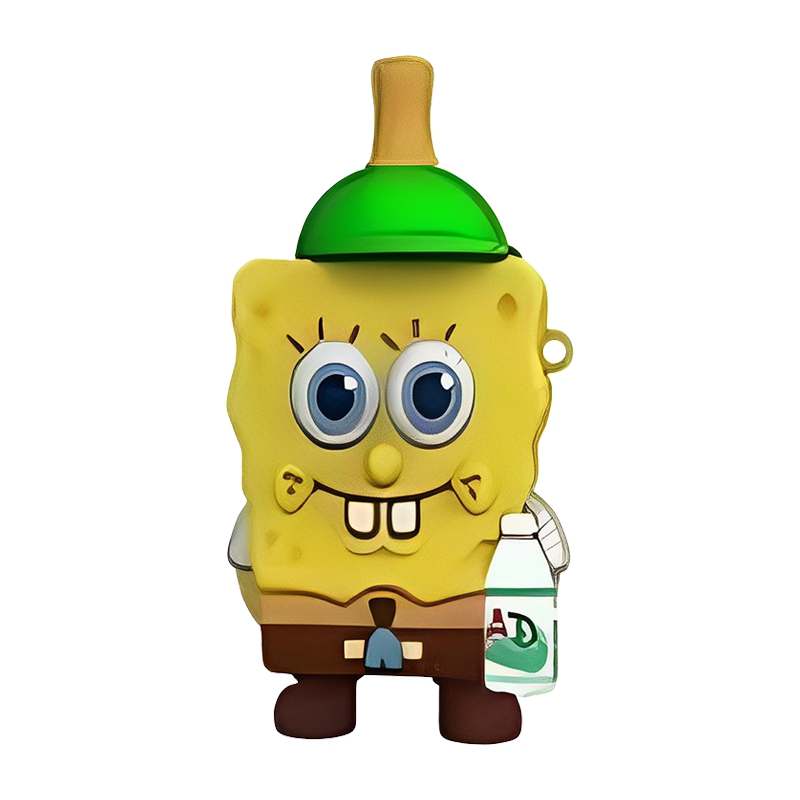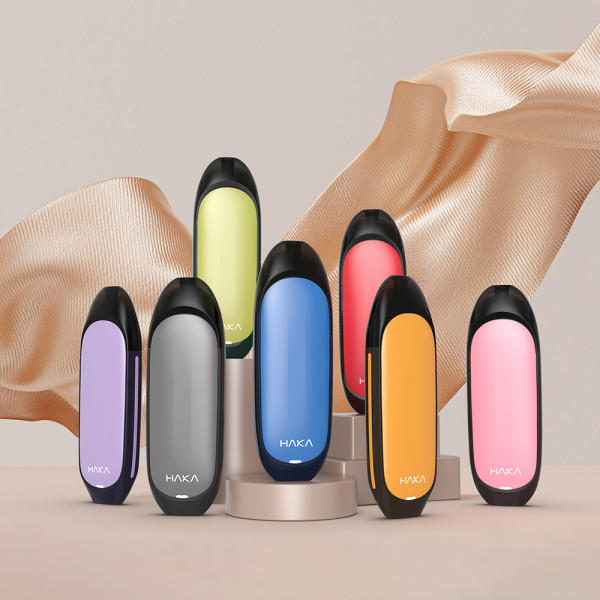
For 15 years, Haka Korea has been making innovative strides in the fast-growing global vaping market.
By Timothy S. Donahue
E-cigarettes are a less risky way to use nicotine. If they were more harmful than combustible tobacco products, the U.S. Food and Drug Administration would not have authorized 23 vaping products for sale. Likewise, the U.K. would not be promoting vaping products as tools to help cigarette smokers quit if they were not less harmful than traditional cigarettes. E-cigarettes and other vaping products are tools for harm reduction, and there’s plenty of research to confirm this.
According to a Statista survey conducted in South Korea in 2021, around 33 percent of men smoked cigarettes. However, cigarette use in the country has steadily declined. This can mostly be attributed to the rise of e-cigarettes and other less risky products, such as heated-tobacco devices, taking a more prominent place in the market. In 2020, KAMJE, the journal of the Korean Medical Association, published an article citing medical experts advocating for wider availability and softer regulations regarding e-cigarette use because of vaping’s potential to help smokers quit or switch to less risky products.
“There is an ongoing debate within the public health community about e-cigarettes on whether they have a potential role in smoking cessation. ‘Quit or die’ is no longer the only option for those who cannot quit,” the article states. “Safer nicotine products offer another way. There is substantial international and independent evidence that these products are safer than cigarettes.”
Haka Korea was founded in 2013 and has been widely recognized in the vaping industry for its advancements in technology and consumer-orientated services. Haka leadership said the company strives to improve the lives of both smokers and nonsmokers, and it endeavors to offer the best products and services with its customer-focused approach. However, the Korean market presents its challenges.
“Right now, the Korean e-cigarette market lacks a concrete regulatory framework. Furthermore, taxes imposed on the product are incredibly high. It’s an unbalanced system,” said a Haka representative. “These laws and rules are handled by different governmental departments, leading to difficulties in implementation. Additionally, taxes must be paid in a variety of ways, making it hard to manage.
“Given that there is no powerful group yet spearheading this cause, it will be a challenge to change preexisting laws to fit current circumstances. Nevertheless, our team believes that if these laws can be modified and adjusted through sustained struggle, the possibilities for growth in the e-cigarette sector in Korea would be massive, and competition could be sustained. It won’t be easy, but we think it’s worth taking on.”
Haka is focused on providing safe and reliable products and services. The company works at these goals in a socially responsible manner and is dedicated to developing and maintaining ethical standards, according to the representative. Haka products have been tested and certified by several regulatory bodies in several countries, including the European Union.
In 2016, Haka Korea was honored with the Product Safety Commendation by the Korea Standards Association, a branch of the Korean government. The commendation served as confirmation of the product’s safety, according to Haka’s spokesperson.
During the following years until 2023, Haka has been awarded the Best Brand Award Selected by Consumers at an event co-hosted by the newspaper JoongAng Ilbo and Forbes Korea. The awards were sponsored by Korea’s Ministry of Science, ICT and Future Planning and the Ministry of Trade, Industry and Energy.
Haka has made several industry advances. For example, the company has been granted a patent for an adaptable charger that is compatible with mobile phone chargers. After introducing Haka Premium in 2013, it sold over 2 million units and became legendary among early e-cigarette users in Korea.
During the vaping sector’s early years, which were plagued by defective devices, the company also implemented one of the industry’s first warranty programs to guarantee customer satisfaction. In 2013, the company also found fame in the development of its micro five-pin charging method. It has also excelled at creating several safety protocols, better batteries and two safety protection circuits that are installed on all of Haka’s hardware.
“In 2015, we registered our most groundbreaking product yet—an automatic system that was powered by minuscule currents from the human body without the need for buttons. This caused quite a stir within the industry. Haka Korea strives to continue innovating and researching new concepts,” the Haka representative said. “Despite being one of the leading domestic electronic cigarettes on the market, external pressure due to regulations has been mounting. Nevertheless, we did not give up and released the CSV pod system, known as Haka Signature, in 2019, setting ourselves up for a new successful leap forward.”
Haka is taking a proactive approach to protect the health of smokers who have quit combustibles using its products. For instance, Haka Korea has implemented a “no smoking” policy in all its stores, which prohibits the use of any tobacco-based or nicotine-based products. Haka Korea also offers a wide range of smokeless tobacco products, such as heat-not-burn devices, to provide customers with options that are less harmful than traditional smoking.
In addition, Haka Korea provides information and resources to its customers on the potential health risks associated with smoking. “Haka Korea provides quality customer service and strives to create a safe and comfortable shopping experience for all customers. Haka Korea has established a customer service center to assist customers with any queries related to the company’s products and services,” explains the spokesperson. “In addition, Haka has created a website that allows customers to easily find information about products and services as well as to place orders online.”
Haka has applied for and registered over 30 patents in areas such as trademarks, designs and technology. Furthermore, they have received several mandated certifications, such as CE (European Commission certification), RoHS (Restriction of Hazardous Substances Directive), KC (South Korean standards) and SGS (South Korean Assessment, Auditing and Certification).
To comply with various regulations globally, the company works to ensure that all authorized retailers of Haka products comply with domestic laws and regulations and are effectively managed. In addition, Haka has established an authorized retailer training program to ensure that staff are knowledgeable about the company’s products and services.
Haka says it is making great strides to expand its presence in the domestic electronic cigarette market. Currently, Haka Korea has 50 directly managed stores located nationwide, and the company plans to open more than 100 directly managed stores by 2023. In addition, Haka Korea is actively working to increase its presence in the online market, with plans to launch an online marketplace for its products soon.
There are currently over 700,000 former smokers using Haka Signature, according to company data, and more than 3 million products have been sold. The company states that more than 50 million pods have been produced, and those numbers keep growing day by day.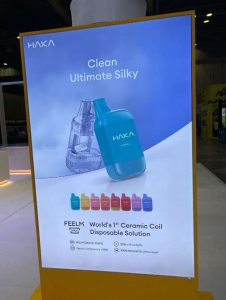
Haka saw the opportunity in the Korean pod vape market and teamed up with FEELM, a leading closed-pod atomization company, to produce Haka Signature—a closed pod system powered by FEELM’s innovative ceramic coil heating technology. Retailers said after the release that Haka Signature’s space-like design helped it stand out from the competition, differentiating itself from most conventional USB drive-like and cig-a-like products on the market. Closed pod system products account for over 90 percent of total revenues for Haka.
Haka decided to collaborate with FEELM by introducing Signature’s ceramic coil vape pod to the Korean market for the first time. Not only did this solve several familiar complaints from e-cigarette users (e.g., spitback and burnt taste), but it also reduced the leakage rate to an unprecedented 5 percent, which is far lower than the cotton coils used in competitive products, according to FEELM data.
Moving forward, Haka leadership intends to continue making significant strides in research and development to create products dedicated to health. The company is investigating different facets of the healthcare industry and brainstorming progressive solutions that it could potentially offer to not only its current clients but to the broader global market. In the end, Haka Korea hopes to establish continuous growth.
“This shift toward healthcare-focused brands shows our dedication to spreading the message of healthier choices. It is a lofty goal, but with our proficiency, commitment to introducing new ideas and focus on quality, we feel prepared to bring this vision into fruition,” the Haka representative said. “Ultimately, Haka Korea’s long-term ambition is consistent growth within both the e-cigarette and healthcare industries while providing excellent products and services for consumers.
“We wish to assist those who want to quit smoking by giving them accessible options and helping people lead more healthy lives with a diversity of products. This expresses our dedication to establishing healthier lifestyles and choices among consumers. It’s an ambitious aim, but with our expertise, dedication to advancing the field and focus on quality, we know we can achieve it.”


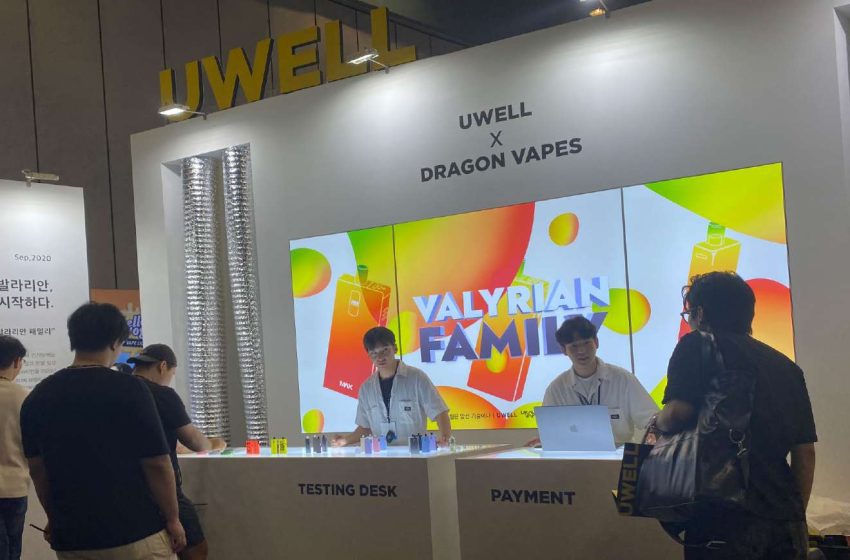
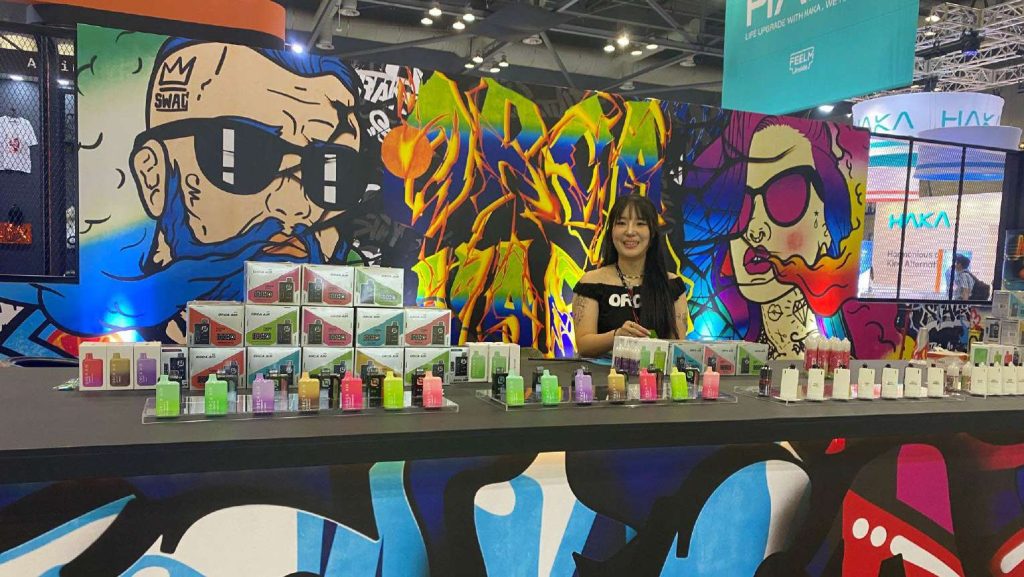


 Heat-not-burn players on the Korean market include Smoore (Haka Korea), Shenzhen SMY (Pluscig, Morex) and Shenzhen Yunxi Smart (UWOO), according to Wingle. Smoore, the world’s largest atomization company, seemed to also attempt to generate new leads and establish new relationships for the expansion of its FEELM-powered devices. Disposable vaping products had a strong presence, and the segment continues to grow globally.
Heat-not-burn players on the Korean market include Smoore (Haka Korea), Shenzhen SMY (Pluscig, Morex) and Shenzhen Yunxi Smart (UWOO), according to Wingle. Smoore, the world’s largest atomization company, seemed to also attempt to generate new leads and establish new relationships for the expansion of its FEELM-powered devices. Disposable vaping products had a strong presence, and the segment continues to grow globally.



